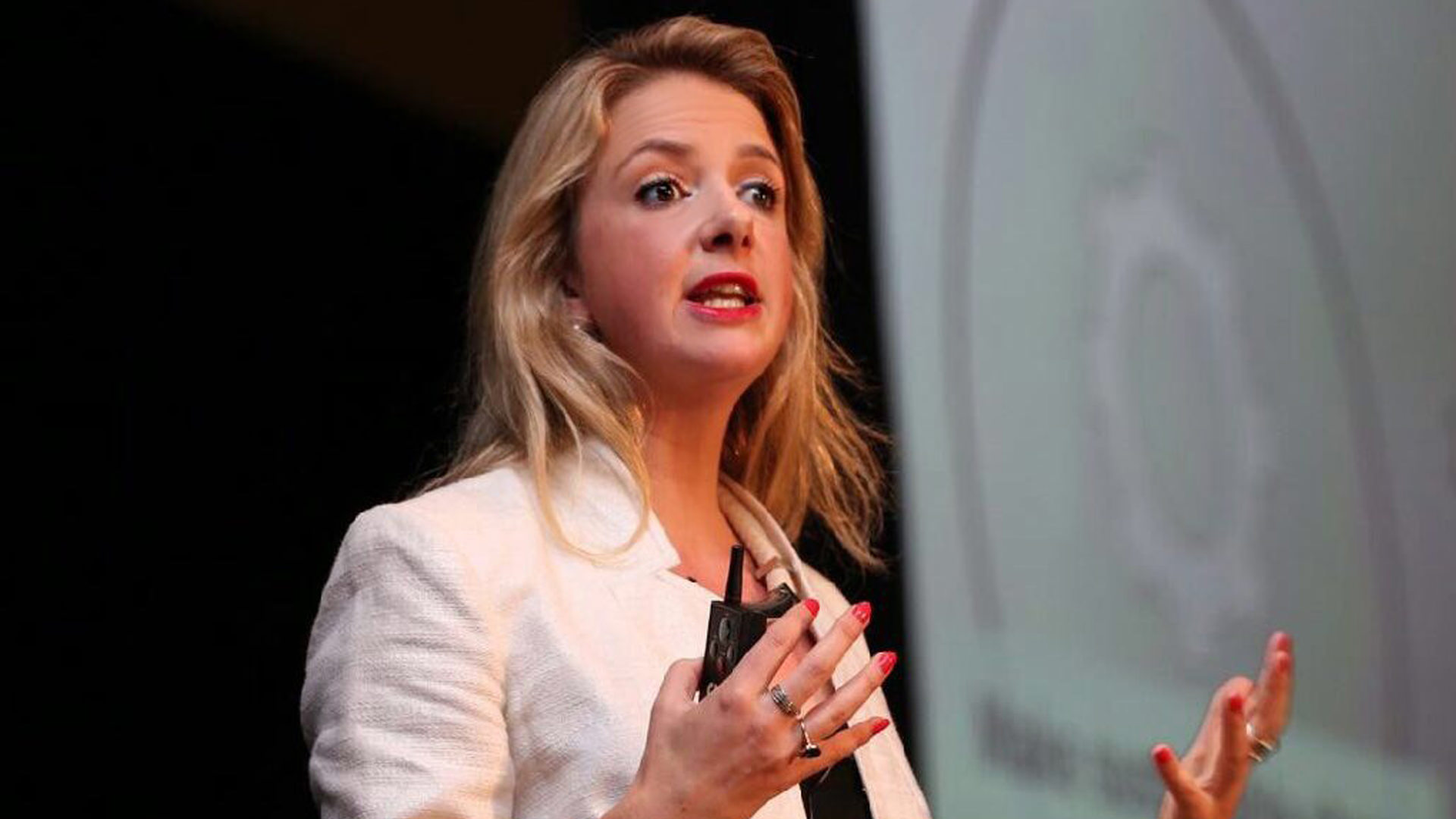Operational Excellence Business Transformation World Summit – Disruption Vs Continuous Improvement?


Think about Florida; sunshine, beaches, seafood, theme parks…but while the sunshine wasn’t the only reason for the 24+ hours of flying – it was also the annual Operational Excellence Business Transformation World Summit where I’d be speaking to more than 800 people about disruption vs continuous improvement.
Alongside other speakers from companies like Nike, eBay and Groupon I shared my journey and views on whether a disruptive business model or continuous improvement was the better approach on designing and executing value for customers.
At ANZ we have been transforming our global services and operations to be world-class for the past 18 months. Banks aren’t seen to be world-class at anything. We have legacy systems and we have grown by acquiring new businesses. Until recently, we haven’t had a need to change. But like any other industry, financial services is rapidly changing and we don’t just want to survive, we want to come out the other side as a world-class organisation.
Disruption or Continuous Improvement?
Disruption is an issue or problem which interrupts an event, activity, or process. So when we refer to disruption in business, we often think of it as disruptive innovation or digital disruption.
Ultimately we are talking about when a new market or value network is created and eventually disrupts an existing market which can displace established leading firms, products and alliances.
The Harvard Business Review (HBR) has defined disruption as:
- Disruption is a process – they all begin as small scale experiments – they focus on the business model and when they get it right they expand from the fringe into the mass market and erode the market share
- Disruptors often build business models that are very different from their incumbents – they challenge and look at things from a different perspective
- Some disruptive innovations succeed and some don’t – success is not built into the definition of disruption you have to be willing to fail
- The mantra “disrupt or be disrupted can be misguided” – businesses should not overreact and dismantle profitable businesses
Let me paint you a picture, this is what we’re facing in the financial services industry:
- Peer to peer lending is expected to reach US$50billion by 2020
- In Australia, this is anticipated to be 6% of all our lending by 2020
- Bitcoin which only came into existence in 2009 and the value is expected to increase to well over $1000
- Bitcoin transactions have increased from 1000 to over 10 million per month.
We can deal with this, this isn’t our biggest challenge. According to a report by Accenture, 85% of bank executives believe that the biggest disruptor will be the ecosystem. The industry boundaries are disappearing as our customers expect us to know more about their buying and usage patterns and therefore develop experiences based on their needs. Experiences that go outside the traditional product focus and expand to include the end to end from the customer perspective – outside-in thinking.
So when we reflect on disruption and think about the size and complexity of the borders that we operate in it’s going to be difficult, not impossible but it’s going to take significant effort. We have a very structured business model that would need to adapt to become more flexible and we also have shareholders that don’t really like not getting a return on their investments – which makes failure very difficult.
And can’t ignore our existing customers who are still very profitable. As you can see, being a disruptor is going to be hard to achieve – we need to do things differently.
So how are we doing this?
When I was at the OPEX transformation week two years ago, we took home the award for the best business improvement program under 2 years. Our programme was focused on getting the employees engaged in improving their own processes and focusing on the customer outcomes no matter where in the process they sat. Delivering outside-in thinking to our people and therefore delivering results through making our processes simpler for both our customers and also employees.
After two years, this program has expanded to not only look at the quick wins but focus on re-engineering at all levels.
Over the next couple of weeks, I want to tell you how we got here. I am going to share with the three key principles that we have been living by to help transform ANZ into a world-class bank:
- Understanding the customer journey – customer journeys are critical for aligning the organisation and determining investment decisions.
- Be prepared to fail and learn from it – end-to-end transformation is hard, and you are going to need to fail fast to succeed.
- Make change sustainable today – waiting for tomorrow is not good enough you need to deliver sustainable results today.
We are transforming through continuous improvement on mass. Whilst disruption is important, we need to be actively managing it, looking at market trends and responding accordingly. We need to focus closer to home, strengthen our relationship with core customers by investing in sustainable solutions to enhance their experiences.
